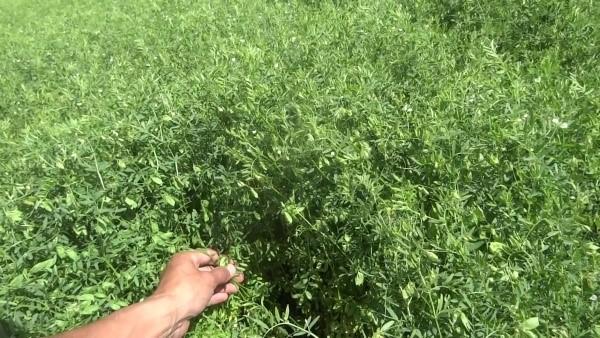Growing lentils - the subtleties of sowing and care

Lentils are a relatively new crop, both on an industrial and private scale. However, growing lentils becomes more and more popular every year. Why not, because the plant is quite unpretentious. With proper farming practices and proper care, you can get a good harvest of tasty and healthy legumes. Small round fruits contain many nutrients, and lentils can replace meat in protein content. If you've decided to try planting this crop, it doesn't hurt to know what it needs.
Growing lentils: after which to plant and how to prepare the soil
Best precursors for lentils:
- cereal crops;
- corn;
- potatoes.
Since lentils are small in size, the area for crops should be flat. So the bushes will develop, and the crop will ripen evenly. It is especially important to level the soil in the fields, which will facilitate later harvesting.
For a high-quality and high yield, the site must also be fertilized, adding diammofosk during the main processing and before sowing (150 kg per 1 ha). The best soils for lentils are loam, sandy loam and light chernozems. But in heavy, acidic and waterlogged soil, the culture will not grow.
To increase soil fertility and improve the development of lentil crops, the seeds can be contaminated with nitrogen-fixing bacteria. It is better to do this in a tank mix with Maxim.
Lentils are not particularly demanding for heat, so you can start planting in early spring. Seeds are able to germinate even at 3 ° C, and seedlings are not afraid of frosts down to -5 °. Even if the seedlings freeze, they quickly recover, releasing new shoots from the underground part.
Features of care for planting lentils
One of the most common problems with growing lentils is that crops quickly become overgrown with weeds. They jam the cultivated plantings, which affects the yield. This can be prevented by treating the soil with special preparations. Lentil agronomists often prefer the herbicide Pivot (consumption 0.65 ml per 1 ha). It destroys both annual and perennial weeds with just one application. At the same time, the action of the herbicide lasts the entire season, and there is no need to re-treat the crops.
Another advantage of the herbicide Pivot is that it can be applied before or after sowing lentils, during the growing season.
Also, don't forget that lentils are susceptible to disease. To prevent wilting and various types of spotting, crops should be treated with fungicides in the budding phase.
For harvesting, the lentils must be cut when 2/3 of the beans are ripe. The bushes are finally dried, and when the beans are ripe, they are threshed.